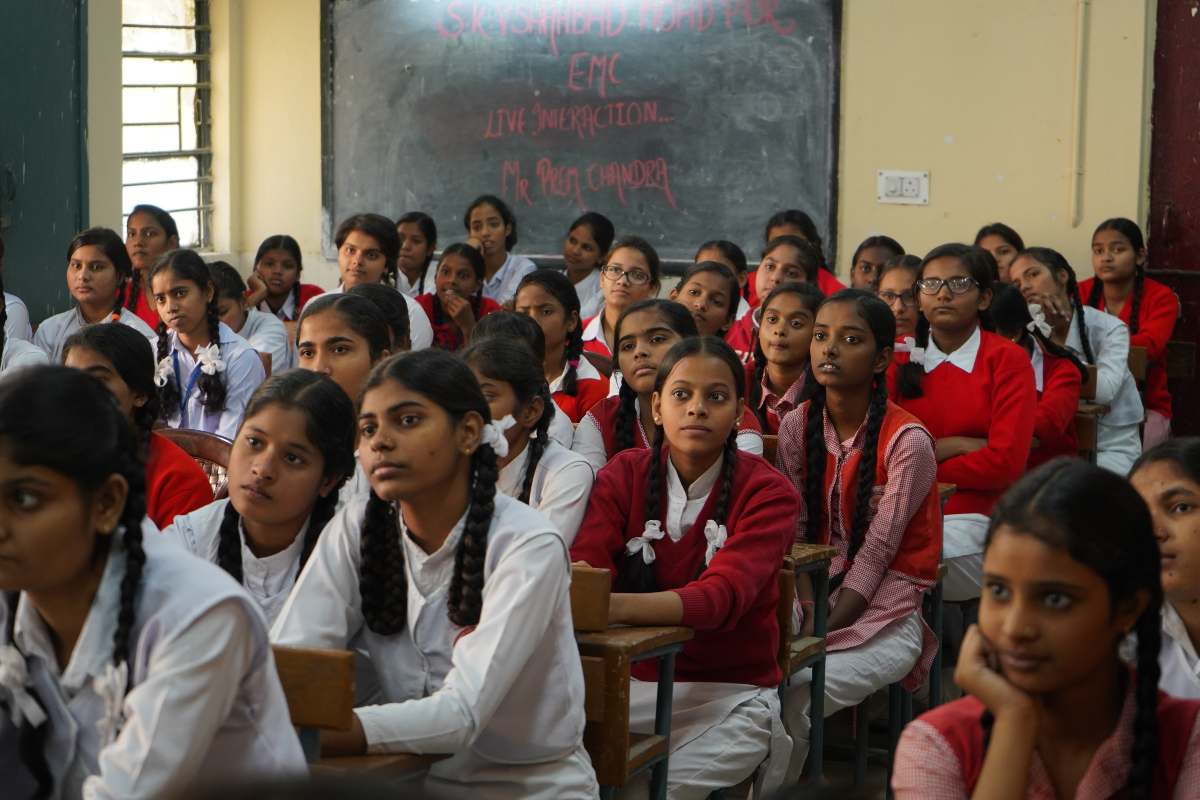
Another 4.7 million girls will go missing by 2030
The great gendercide continues
Photo by Yogendra Singh on Unsplash
Countries with a skewed sex ratio at birth because of a cultural preference for sons will lose another 4.7 million girls by 2030, according to research in the journal BMJ Global Health.
This loss could reach 22 million globally by 2100 if all countries at risk of boosting this ratio above its natural level, including densely populated countries such as Nigeria and Pakistan, do so.
Prenatal sex selection has helped skew the sex ratio at birth in favour of boys in several countries from South East Europe to South East Asia since the 1970s, say the researchers. In China and India the male to female sex ratio at birth is particularly high.
The consequences of this preference will create a surplus of young men in more than a third of the world’s population. The social and economic impacts are unknown.
To better understand the extent of “missing” female births, the researchers projected the sex ratio at birth for all countries from 2021 to 210, using two scenarios.
Scenario 1 assumed trends only for countries with strong statistical evidence of an increasing imbalance in sex ratio at birth, while scenario 2 assumed sex ratio trends for countries at risk of increasing the ratio, but with no or limited evidence of this.
The researchers focused particularly on 12 countries where the sex ratio at birth has already increased plus 17 other countries at risk of this because of a preference for sons combined with a decline in fertility.
The projections showed that the sex ratio at birth is most likely to stabilise and then decline within 20 years in countries currently affected by a surplus of liveborn boys, such as China and India, which have the highest number of annual births in the world.
Nevertheless, under scenario 1 the researchers still forecast a deficit of more than 4.7 million female births between 2021 and 2030, with a further 1 million between 2031 and 2100.
Under scenario 2, if all countries with a preference for sons at risk of increasing this ratio, including large countries like Pakistan and Nigeria, are included in the calculations, the projected figure rises to 22.1 million by 2100. Sub-Saharan Africa would make a sizeable contribution (almost 38%).
A surplus of men in a society could lead to a “marriage squeeze” because of insufficient numbers of marriageable women and/or an increase in antisocial behaviour and violence, all of which may ultimately affect long term stability and social sustainable development.
“These findings underline the need to monitor [the sex ratio at birth] in countries with son preference and to address the factors behind the persistence of gender bias in families and institutions,” they write.
Michael Cook is editor of BioEdge
Creative commons
https://www.bioedge.org/images/2008images/indian_girls_2.jpeg
gendercide
sex ratio
